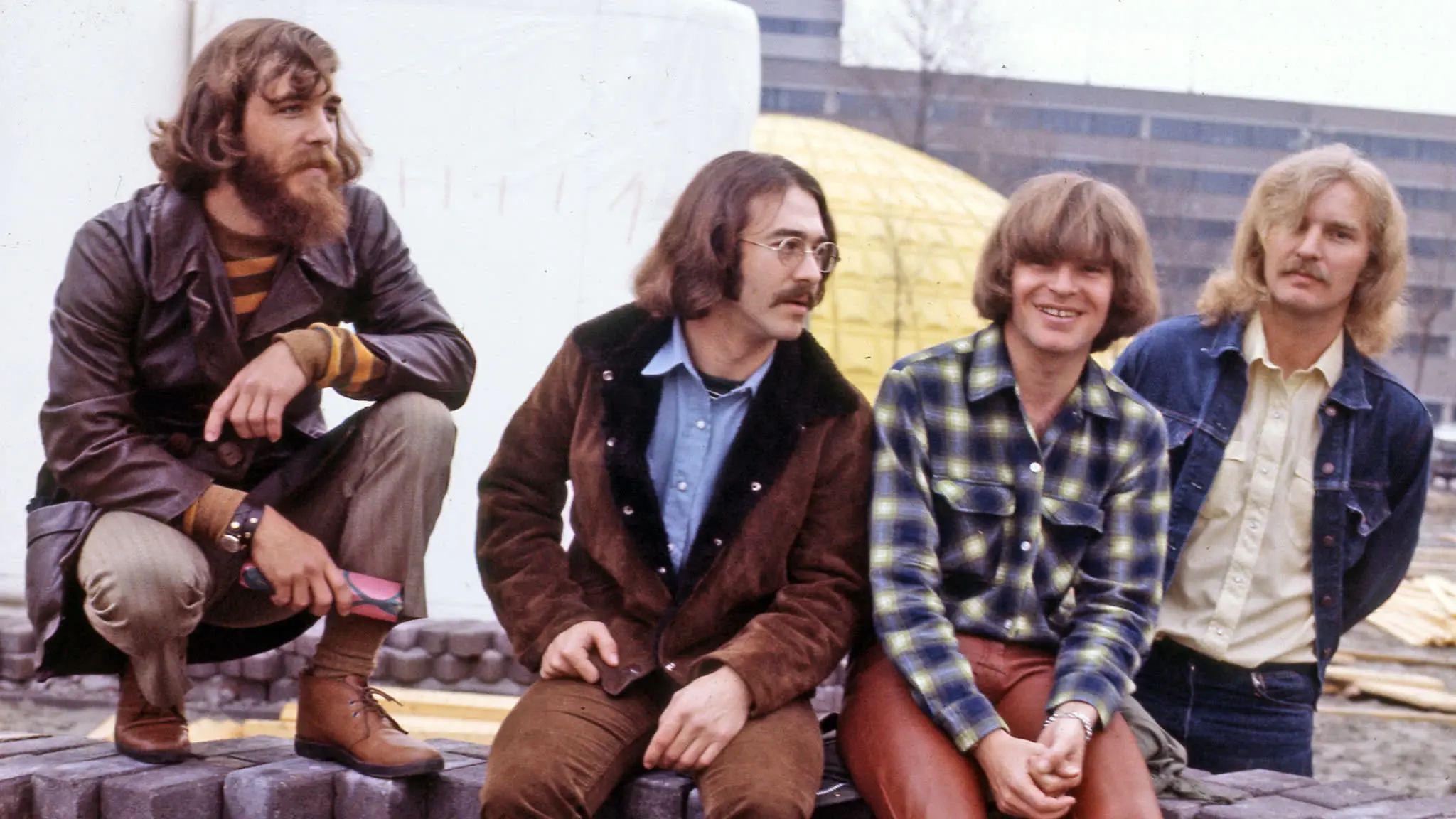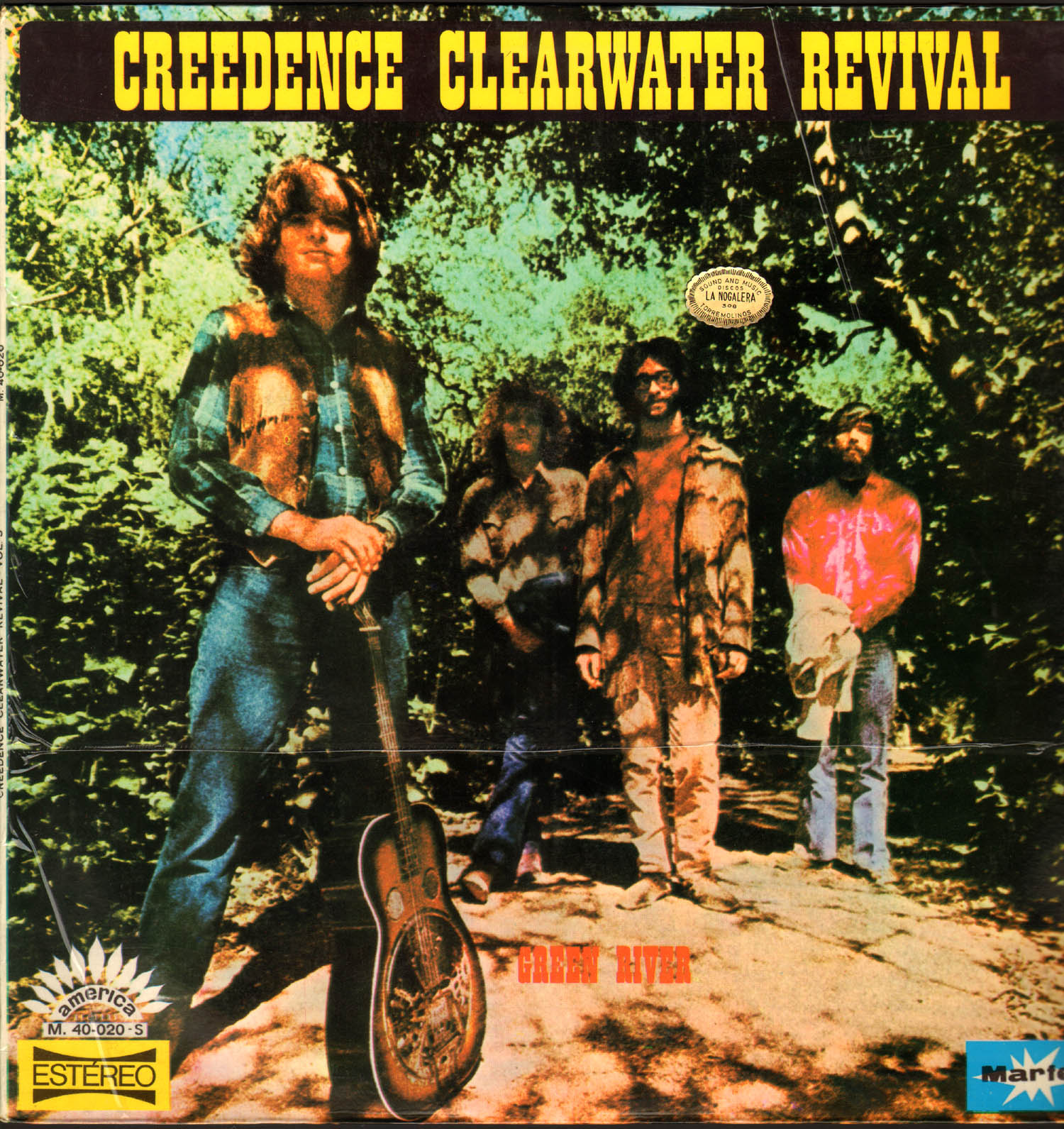Creedence Clearwater Revival (CCR) is one of the most influential rock bands in music history, known for their timeless hits and powerful sound. The band's members played a crucial role in shaping their unique style, which resonated with audiences worldwide. If you're a fan of classic rock or simply curious about the band's history, this article dives deep into the lives and contributions of Creedence Clearwater members.
From their formation in the late 1960s to their induction into the Rock and Roll Hall of Fame, Creedence Clearwater Revival left an indelible mark on the music industry. Their music transcended genres, blending rock, blues, and swamp rock into a sound that remains timeless. This article explores the band's lineup, their individual contributions, and the legacy they left behind.
In this article, we'll also take a closer look at the biographies of each member, their roles within the band, and their impact on the music world. Whether you're a die-hard fan or just discovering the band, this guide will provide valuable insights into the lives of Creedence Clearwater members.
Read also:Madelyn Cline Nude Debunking Myths Understanding Privacy And Advocating For Respect
Table of Contents
- Biography of Creedence Clearwater Revival
- Formation of the Band
- Key Members of Creedence Clearwater Revival
- John Fogerty: The Lead Vocalist and Songwriter
- Tom Fogerty: The Rhythm Guitarist
- Stu Cook: The Bassist
- Doug Clifford: The Drummer
- Musical Impact and Legacy
- Band Dynamics and Relationships
- Post-CCR Careers of Creedence Clearwater Members
- Conclusion
Biography of Creedence Clearwater Revival
Creedence Clearwater Revival, often abbreviated as CCR, was formed in 1967 in El Cerrito, California. The band emerged from the ashes of a previous group called The Blue Velvets, which was active in the late 1950s and early 1960s. CCR quickly gained popularity for their gritty, blues-infused rock sound, which resonated with the counterculture movement of the era.
Over the years, the band released a string of successful albums, including "Bayou Country," "Willy and the Poor Boys," and "Cosmo's Factory." Their music often addressed social and political issues, making them one of the most respected bands of their time. Despite their relatively short career span, Creedence Clearwater Revival left an enduring legacy in the world of rock music.
Formation of the Band
The origins of Creedence Clearwater Revival can be traced back to The Blue Velvets, a band formed by John Fogerty and his brother Tom Fogerty in the late 1950s. By the mid-1960s, the group had evolved into The Golliwogs, but it wasn't until 1967 that they officially became Creedence Clearwater Revival.
The band's name was inspired by a friend of the Fogerty brothers named Credence Newball, who was known for his laid-back personality. The word "Clearwater" was added to reflect the band's love for nature and clean living. This unique name set the tone for their music, which often celebrated the beauty of the American South.
Key Members of Creedence Clearwater Revival
John Fogerty: The Lead Vocalist and Songwriter
John Fogerty is widely regarded as the driving force behind Creedence Clearwater Revival. As the lead vocalist and primary songwriter, he penned some of the band's biggest hits, including "Proud Mary," "Bad Moon Rising," and "Fortunate Son."
Born on May 28, 1945, in Berkeley, California, John grew up in a musical household. His early influences included blues legends like Muddy Waters and rock pioneers like Elvis Presley. By the time he joined CCR, John had already honed his skills as a guitarist and songwriter.
Read also:Toyota Of Olympia Your Trusted Partner For Quality Vehicles And Exceptional Service
Tom Fogerty: The Rhythm Guitarist
Tom Fogerty, John's older brother, served as the rhythm guitarist for Creedence Clearwater Revival. Although he left the band in 1971, his contributions were instrumental in shaping their early sound.
Tom was born on November 18, 1941, in Berkeley, California. He played a crucial role in the band's formative years, providing a steady foundation for John's lead vocals and guitar work. After leaving CCR, Tom pursued a solo career, releasing several albums before passing away in 1990.
Stu Cook: The Bassist
Stu Cook joined Creedence Clearwater Revival in 1964, becoming the band's bassist. Known for his melodic playing style, Stu contributed significantly to the band's signature sound.
Born on April 28, 1947, in Berkeley, California, Stu grew up with a passion for music. He brought a unique blend of technical skill and creativity to CCR, helping to define their distinctive groove. After the band's breakup, Stu continued to work in the music industry, both as a musician and a producer.
Doug Clifford: The Drummer
Doug Clifford, also known as "Cosmo," was the drummer for Creedence Clearwater Revival. His tight, precise drumming provided the backbone for the band's powerful sound.
Born on April 21, 1947, in Los Angeles, California, Doug developed a passion for drumming at an early age. He joined CCR in 1964, forming a lasting bond with the other members. After the band's dissolution, Doug pursued various musical projects and became involved in charity work.
Musical Impact and Legacy
Creedence Clearwater Revival's music has had a lasting impact on the rock genre. Their ability to blend blues, rock, and country influences into a cohesive sound set them apart from their peers. Songs like "Fortunate Son" and "Green River" became anthems for the anti-war movement, resonating with audiences across generations.
The band's influence can be seen in the work of countless artists who have cited CCR as a major inspiration. Their music continues to be celebrated in films, television shows, and live performances around the world. Creedence Clearwater Revival's induction into the Rock and Roll Hall of Fame in 1993 further solidified their place in music history.
Band Dynamics and Relationships
Despite their success, Creedence Clearwater Revival faced internal challenges that ultimately led to their breakup in 1972. Tensions between John Fogerty and the other members, particularly over creative control, strained the band's relationships.
John's dominance as the primary songwriter and lead vocalist created friction with Tom, Stu, and Doug, who felt their contributions were undervalued. These dynamics highlight the complexities of working in a band environment, where individual aspirations can sometimes clash with group goals.
Post-CCR Careers of Creedence Clearwater Members
After the dissolution of Creedence Clearwater Revival, each member pursued separate paths in the music industry. John Fogerty released several successful solo albums, including "Centerfield" and "The Blue Ridge Rangers," while Stu Cook and Doug Clifford formed Creedence Clearwater Revisited, a tribute band that continues to perform CCR's music today.
Tom Fogerty's solo career saw him release albums like "Gone to Florida" and "The River's End," showcasing his continued passion for music. Although his time with CCR was relatively short, his legacy as a founding member remains an important part of the band's history.
Conclusion
Creedence Clearwater Revival's members—John Fogerty, Tom Fogerty, Stu Cook, and Doug Clifford—left an indelible mark on the world of rock music. Their unique sound and powerful songwriting continue to inspire new generations of musicians. By exploring the lives and contributions of these iconic artists, we gain a deeper appreciation for their enduring legacy.
We invite you to share your thoughts on this article in the comments below. Are you a fan of Creedence Clearwater Revival? Which songs resonate with you the most? Don't forget to explore other articles on our site for more insights into the world of music and beyond!
Data Sources:


